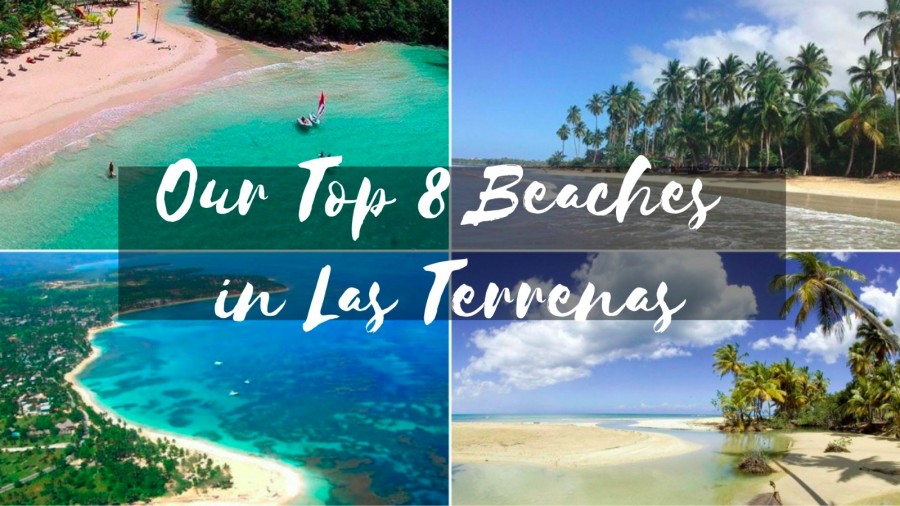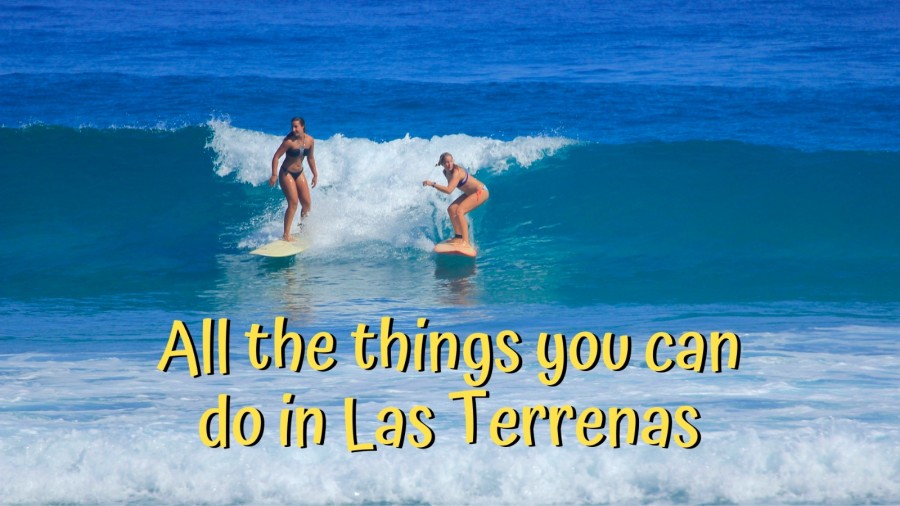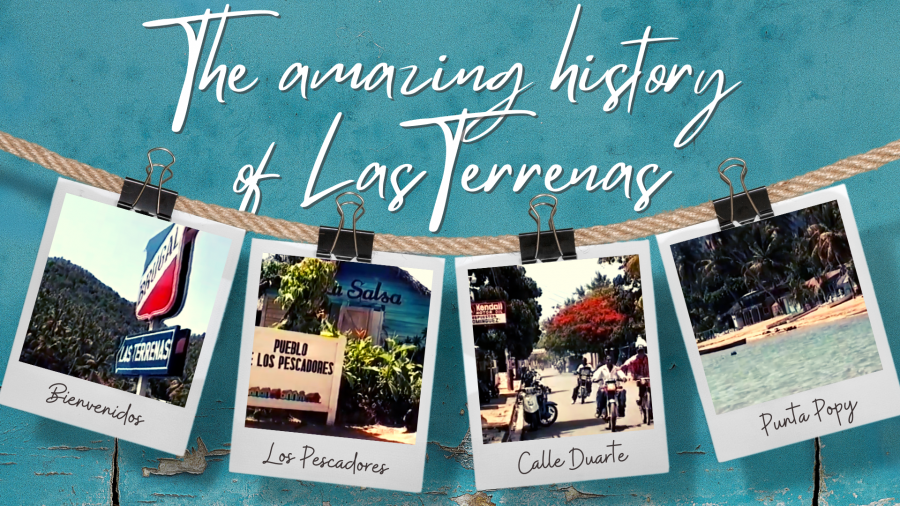
Embark on this article to discover with us the amazing history of the Samana peninsula and Las Terrenas! From Napoleon's intent to make it his empire capital, and the relocation of freed african american slaves, to the story of the first expat living in Las Terrenas, before electricity.
Las Terrenas is a recently discovered paradise relative to other popular tourist destinations in the Dominican Republic like Puerto Plata and Punta Cana. It is known for its wild virgin beaches and untouched nature, no wonder that multiple TV shows and movies choose to come here to film. But how and why did it stay unknown for so long despite all being so out-of-this-world beautiful? Let's explore the fascinating history of the Samana peninsula and Las Terrenas to see if the answer lies somewhere within.
SAMANA - 3 FUN HISTORICAL FACTS
1. Samana is an island... sometimes?
There are many historical maps of Samana, but there seems to be a significant disagreement between them. Some show Samana as a peninsula connected to the mainland, and others as an island surrounded by water on all sides. There is a French map where it says "Presquile de Samana" which translates as almost island". What is going on here?
Samana was originally an island. Maps published as recently as 1731 show a wide channel separating it from Hispaniola. The original width of this passage isn't known, but in 1677 a French observer estimated that it was the reach of a bullet fired from a musket.
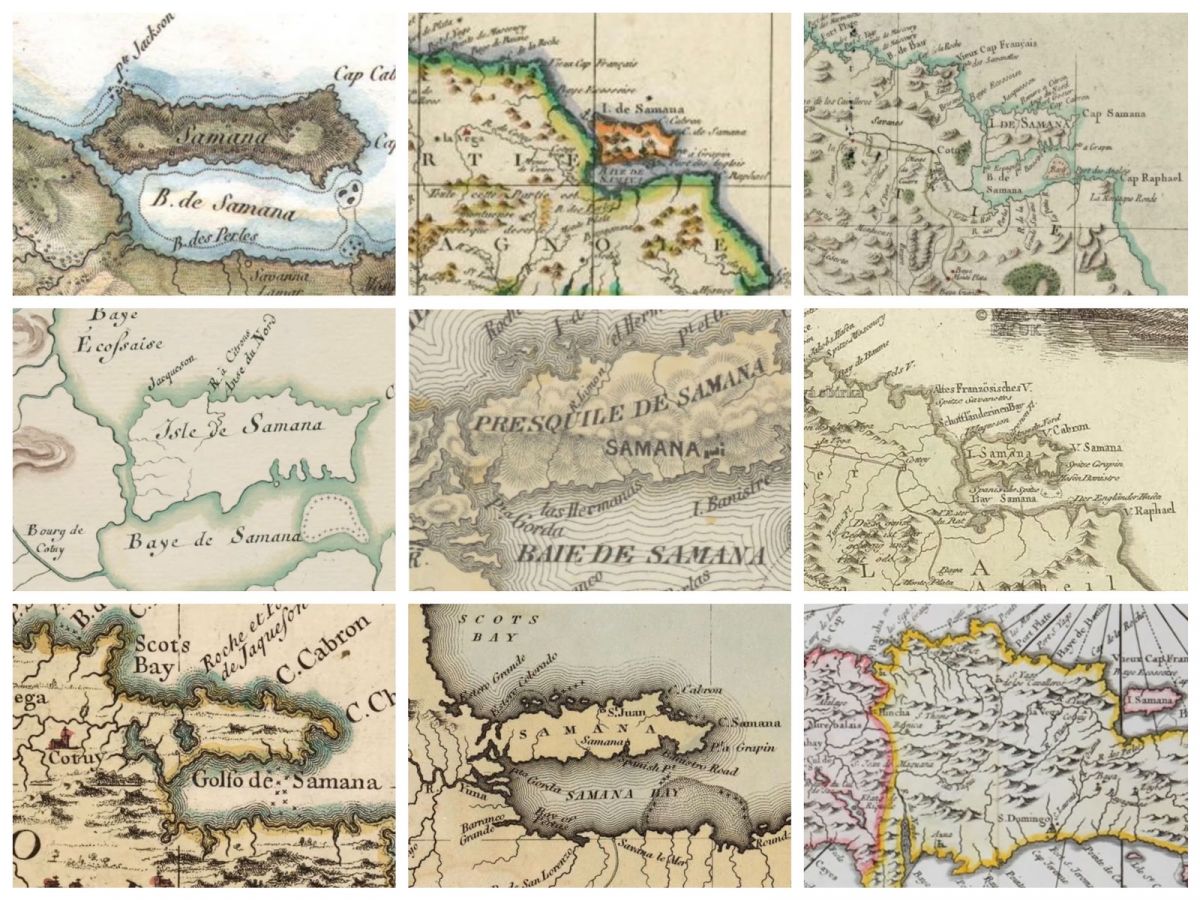
Until the mid-1800s, Samana traders avoided the often rough seas off Capes Samana and Cabron by sailing their flat-bottomed boats through one of the numerous channels which still existed when transporting fruit, vegetables, and other cargo to north coast ports.
Over an extended period, silt and sediment from the Yuna and other rivers filled the passage. Now it is a wide zone of fertile, low-lying lands and marshes. As you leave Samana Peninsula and drive down the last hill to the flat lowland, you are passing over what once was the channel used by the pirates when traveling between the Caribbean and their base in Puerto Plata.
Also, should the sea levels rise in the future due to global warming, then it is likely the whole area will get flooded and Samana will become an actual island. Again.
2. Napoleon's Empire in Samana
The Samana peninsula with its immense resources and a strategically perfect geographical location with its bay and natural defense barriers has always been the desired land for many empires throughout history, but there was one imperator who was particularly invested in making Samana the capital of his future empire - Napoleon Bonaparte.
He had plans drawn up for a new city there to be called Napoleon City, but the British came in and prevented him from building it. In addition, Napoleon became involved in wars in Europe, so he gave up this plan. In 1822, Haiti invaded the Dominican Republic and occupied it for twenty-two years.
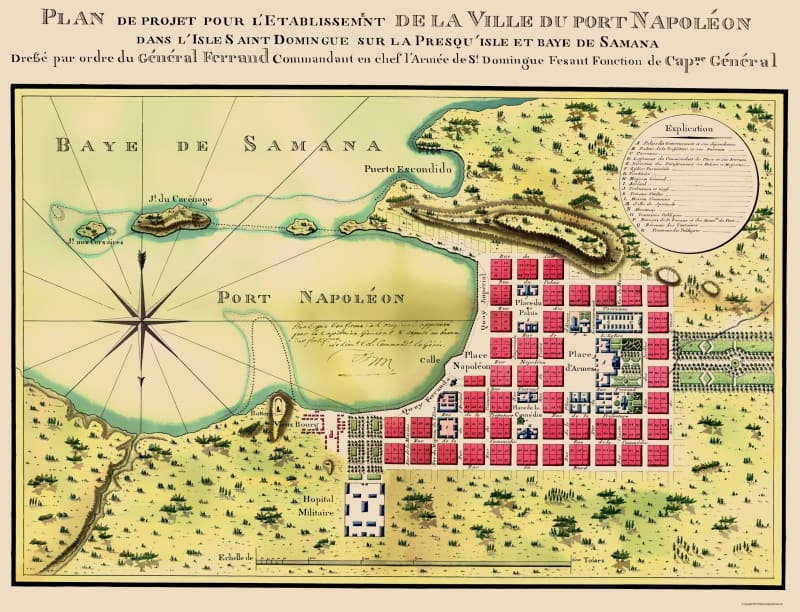
Antique map of Samaná Bay and the Ville du Port Napoléon, proposed by Napoléon Bonaparte I, who died just three short years before the freed North American slaves emigrated to Samana, D.R. in 1824, which brings us to the next fascinating time in the history of Samana.
3. Samana Americans
With the end of the Haitian Revolution (1791–1804) the Haitian government made it known that it would welcome all people of African descent willing to come to their nation, which then occupied the entire Caribbean island of Hispaniola. Haiti viewed the United States as a potential pool of laborers to repopulate their country. Beginning in 1818, in Philadelphia, American abolitionists saw Haiti as a convenient depository for freed African-Americans.
Hoping to create formal diplomatic relations with the United States, in April 1824, Haitian President Jean-Pierre Boyer agreed to pay passage for all immigrants. He also offered to support them for four months after their arrival, grant land at the rate of 36 acres for every 12 laborers, and finance the trip of those who desired to return to the States. The map shows the approximate numbers of African-Americans settlers by region
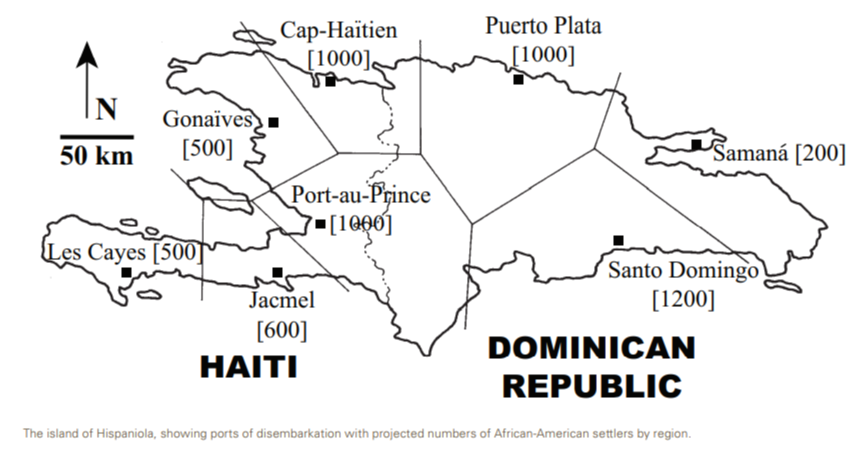
The descendants of African-Americans who migrated to Samana in 1825, were originally assigned to cultivate fruits and vegetables, primarily coconuts. They initially settled along the south shore of the peninsula, beyond the sandy beaches, shaded by groves of coconut palms. In 1871 they numbered between 500 and 600 people. Their houses were simple, single or double-room, thatched structures with wattle-and-daub walls. Small agricultural plots were located near homesteads, and their diet was made up of plantains, sweet potatoes, yams, maize, rice, peas, beans, cassava, pork, beef, poultry, cane, cacao, and coffee.
The Samaná American community has been a relatively closed group, isolated from the rest of the country by a nonexistent road system and accessible only by boat, held together culturally by religious beliefs, a common language, and other cultural factors determined by a common origin and structurally by their church organization. Today some 8,000 descendants of the original emigrants still speak American English derived from the early 19th century.
Faces of the descendants of freed African American slaves
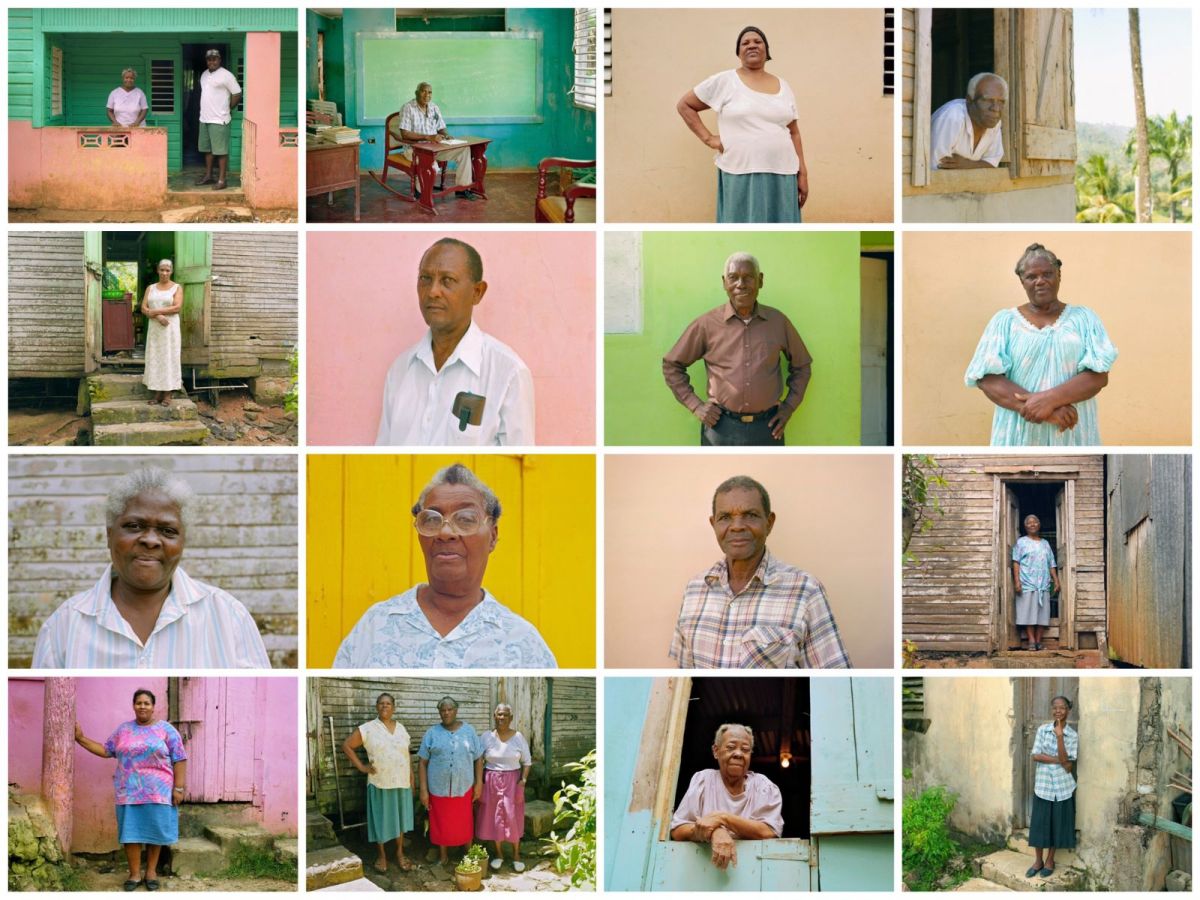
Rafael Trujillo, the dictator of the Dominican Republic from 1930-1938 and 1942-1952, did not like the cultural independence of Samana. He introduced the Spanish language into Samana and forced the people to speak it. Whoever was suspected of speaking English was publicly killed. The vast majority of the people of Samana today are bilingual. Spoken English is a familiar English, similar to that practiced by slaves in the south of the United States last century.
Despite the dominant Spanish-Dominican culture, North American surnames, including uncommon ones such as Willmore and Vanderhorst, patterns of etiquette, music, and foodstuffs have survived. American English has always been the preferred language in the home, and is considered a source of identity and cultural insulation, though it is now threatened by “Tourist English.”
LAS TERRENAS - FULL HISTORY
Las Terrenas History (first-person account by Susan M. Grady)
in 1946 when then-President Rafael Leonidas Trujillo ordered the rural inhabitants of Santo Domingo to resettle in the town as farmers and fishermen. The name Las Terrenas originates from the French la terrienne (the landlord). The most detailed and elaborate historical account to this day was written by Susan M. Grady of Falls Church, Virginia, the third foreign woman to live in Las Terrenas on November 16, 2012.
Between World War, I and World War II, a Polish-Jewish family named Paiewonski (one of the first members was named Joseph or José (in Spanish) Paiewonski) bought much land in Las Terrenas and just west of Las Terrenas near the El Portillo Resort, next to an airport for small planes. They built general stores all over the Dominican Republic and became very wealthy. In the 1940s, they brought a Dominican man named Señor Peña from Puerto Plata to work for them on their farm. He came by boat from Puerto Plata to Las Terrenas. (There was no road over the mountain from Sanchez to Las Terrenas until 1969.) In addition to fruits and vegetables, this Jewish family had coconut, cacao, and coffee plantations - these foods were exported.
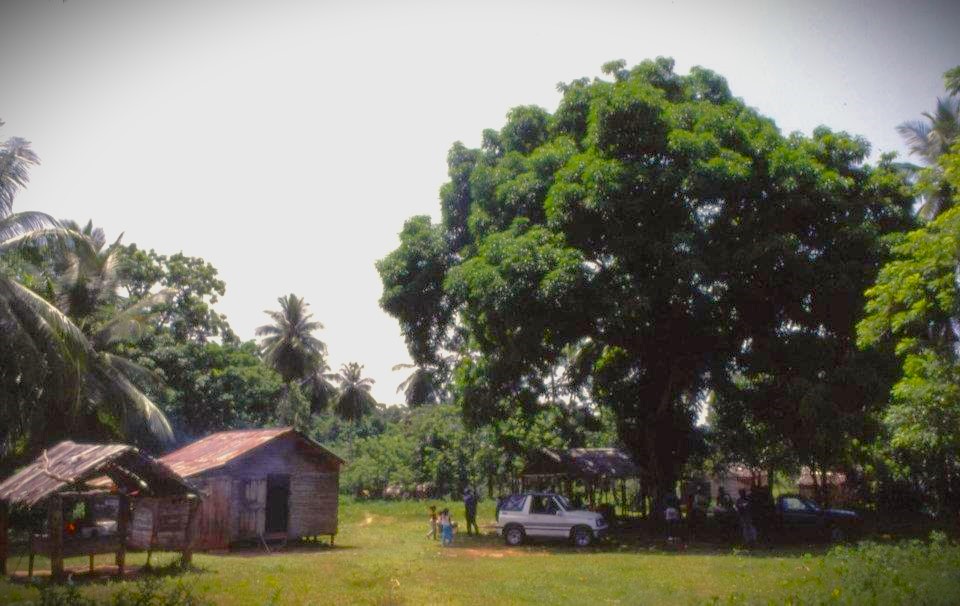
In 1955 Señor Gigillo Espinal, who was born in Sanchez, came from Sanchez to work in Las Terrenas for the Paiewonski family. In 1975, he had a small grocery store, a colmado in Spanish, on the road by the sea some two miles west of Las Terrenas, between Las Terrenas and El Portillo. In 1977, he moved his store into Las Terrenas on the beach next to the police station. You could only buy rice, black beans, dried codfish, and rum at the store. The store in Las Terrenas is where Hotel Diny’s restaurant is today.
The first mechanic in Las Terrenas was Señor Ezequiel (Sequiel) Lara. He came from Samaná where he was apprenticed to a mechanic. On August 15, 1971, he was brought by the Paiewonski family to work for them in Las Terrenas. Mr. Lara opened his auto repair shop in 1981 in Las Terrenas.
In 1975, Las Terrenas was a small village of farmers and fishermen. Everyone spoke Spanish. Las Terrenas had no food to buy, no stores, no gasoline station, no ice, no electricity, no telephones, no cars, no motorcycles, no post office, no newspapers, and no tourists. Las Terrenas was very beautiful and quiet. The road over the mountain from Sanchez to Las Terrenas was first built in 1969. It fell into disrepair and in 1975 it was in very bad condition. It was repaved in 1989 and again in 2010.
There was no road to Playa Bonita and Playa Coson in 1975. You had to drive slowly on a dirt path across the private coconut plantation of Señor Maximo Galvan to go to those beaches. Señor Galvan owned the largest general store in Sanchez. It was called Casa Galvan.
A private Dominican company brought electricity to the village in 1994. In 1997, a public water system was installed, bringing water from a large river in the mountains to individual homes and businesses. The telephone office opened in 1991.
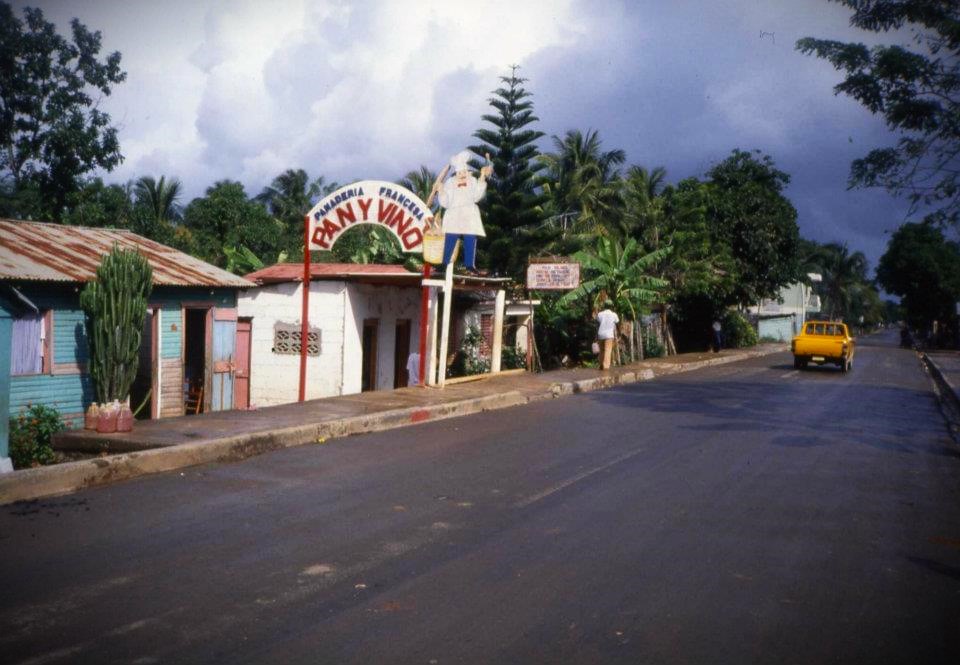
Las Terrenas Timeline
-
1946 Las Terrenas was founded
-
1969 road to Sanchez built (repaved in 1989 and 2010)
-
1973 first clinic and medical doctor - Dr. Miguel Polanco
-
1977 Was a big year for Las Terrenas!
-
The first house built here by a foreigner in the back of Casa Nina Hotel - Dr. Adelphia Dane Bowen, Jr.
-
First car mechanic - Mr. Sequiel (Ezequiel) Lara
-
First lawyer - Dr. Raul Languasco Chang
-
Dominican Elementary School
-
U.S. Congressman Donald Jackson’s restaurant
-
Marine Police
-
Club Las Terrenas Hotel – Now Hotel Tropic Banana
-
El Reposo Hotel – Now Las Cayenas Hotel
-
1981 Atlantis Hotel, Playa Bonita
-
1982 El Portillo Hotel, Señor Gigillo’s restaurant - Restaurant Diny
-
1983
-
Chez Paco’s Restaurant
-
Dominican Newspapers first delivered
-
1984
-
Las Terrenas became an incorporated town (April 10)
-
A movie about Christopher Columbus filmed by American-Italian producers January – April
-
1986 French school opened
-
1987 National Police station opened
-
1991
-
Telephone Office
-
First pharmacy
-
Cacao Beach Hotel
-
1992 Gasoline Station
-
1994 Electricity
-
1997 Water
-
2000 Atlantique Sud was founded
-
2012 The completion of a new highway in 2012 between Santo Domingo and Samaná has enabled easier access, and the drive takes two hours.

How was living without electricity?
Electricity did not come to the village of Las Terrenas, Samana Province, Dominican Republic, until 1994. This article explains how Dr. Dane Bowen and Ms. Susan M. Grady lived in our beach house there before the electricity arrived.
Lights
First – kerosene lamps They were smelly.
Second – Coleman propane gas camping lantern – It consists of a metal and glass lamp with mantles sitting on a pole that sits in a small, round propane gas tank. It was hot and hissed.
Third – Solar-powered lights and ceiling fans in the ceilings of the rooms in the house The lights and ceiling fans were powered by solar panels on the roof of the house. Mr. Robert D. Green of Somers Point, New Jersey, an engineer, and Susan Grady’s younger brother, helped us to purchase the solar panels.
We brought our flashlights and batteries to use also. We could not buy them in Las Terrenas.
Home Appliances
Refrigerator – tall regular refrigerator with a freezing compartment up above. It ran off a tank of propane gas.
Stove - three-burner Coleman propane gas camping stove It ran off a tank of propane gas.
One six-foot-tall propane gas tank ran the refrigerator and stove for one month. We always kept extra propane gas tanks on hand because we had to send the empty tanks on a truck that took them to the town of Nagua, fifty miles away, to be refilled.
Oven – We bought a metal collapsible Coleman camping oven and set it on top of two of the burners on the stove. It was large enough to use to bake a square pan of cornbread or to bake a medium size chicken.
Water
Drinking water – We collected it from the rainwater off the roof’s gutters. The rainwater flowed into metal tanks. We ran a pipe from the metal tanks into the kitchen. We never had to boil the water as Las Terrenas is in a rural area with no industries. Where the gutters ran into the tanks we put screen wire to catch any dirt or leaves from the roof. Every time we came to Las Terrenas, we put up clean screen wire.
Water for washing dishes and the bathroom – We had a water well. First, we used a small gasoline-powered generator to pump water from the well up twenty feet into a huge cement storage tank. From the tank, the water flowed by gravity --- one pipe going into the kitchen and one pipe going into the bathroom. Later the water pump was powered by a solar energy pump.
Hot water - The barrels to collect the rainwater were painted black. The sun heated the water and we put pipes in the barrels so that we could take a hot shower outside. There was no hot water in the house.
Health Measures
We brought Combat Cockroach Poison from the United States and put it on the floor and in the cupboards in the house to kill cockroaches.
We brought D-Con Rat Poison from the United States and put it on the floor and in the attic of the house to keep the coconut rats (The rats that live in the coconut trees.) out of the house. Every morning the maid wood sweeps our tile floors in the house. Then she would put one cup of kerosene in the mop water and mop the floors.
The kerosene kept insects away. The windows of the house had louvers covered with screen wire on the outside. The windows had no glass. Because of this, we had many small lizards that came into our house. They were not poisonous and did not bother us. I liked to look at them.
Our existence here was idyllic! We did not miss not having a newspaper. If we wanted to do so, we listened to the BBC from England and the Voice of America from the United States on Susan’s shortwave radio at night.
Rate this page
Click on star to rate it
Average rating 0/5. Vote count 0






